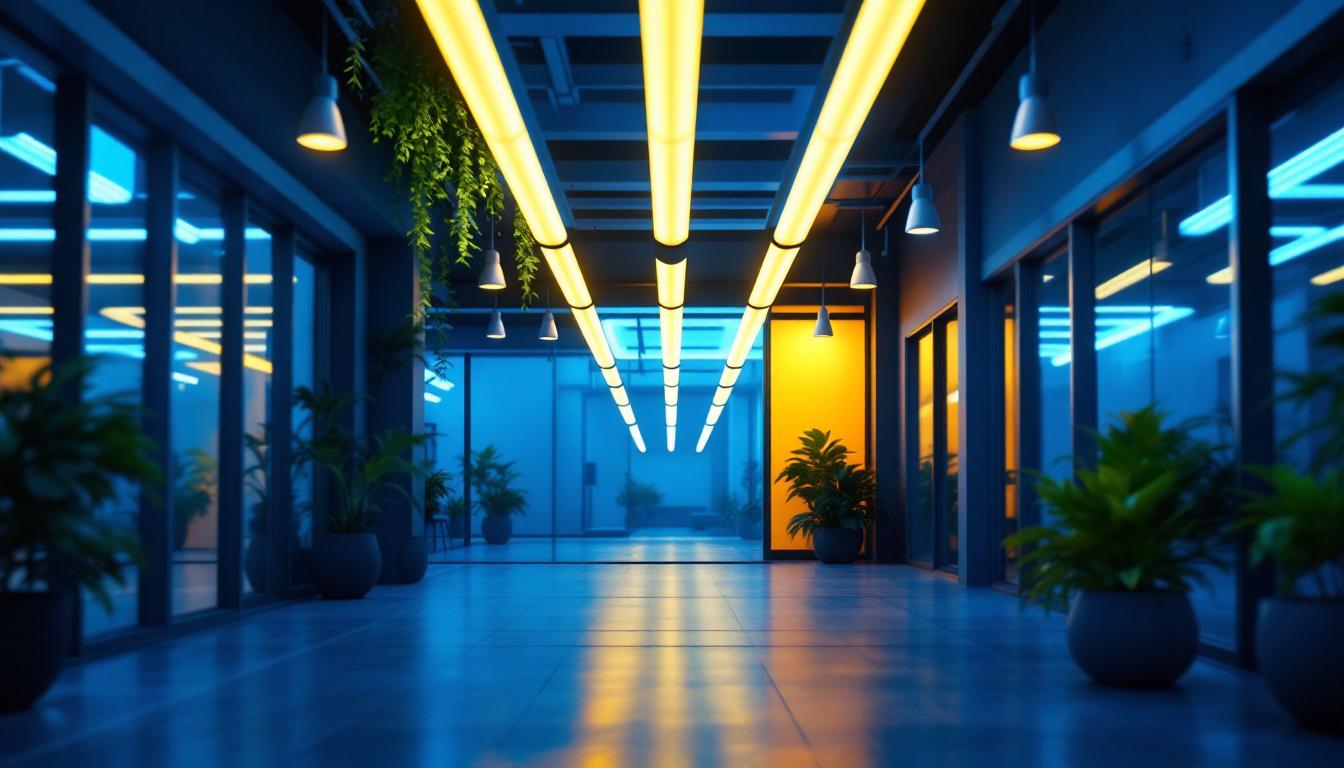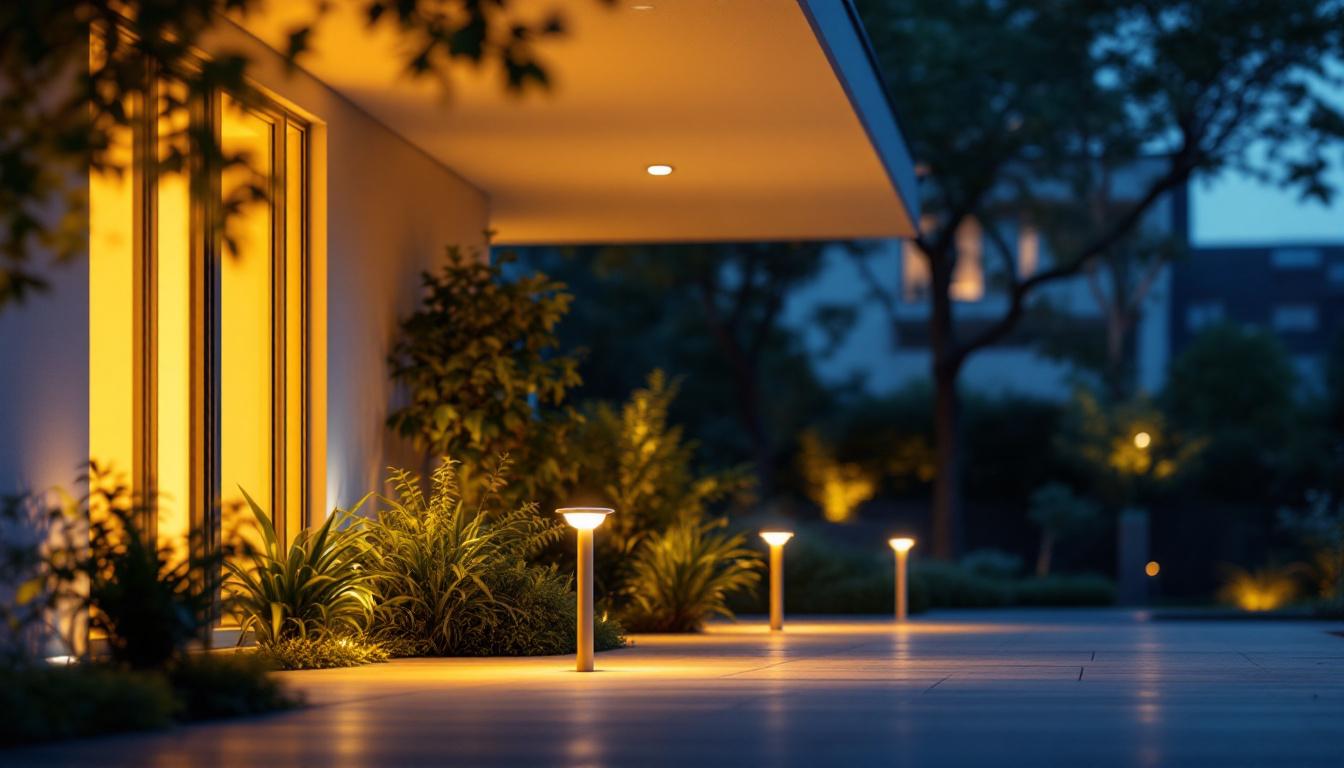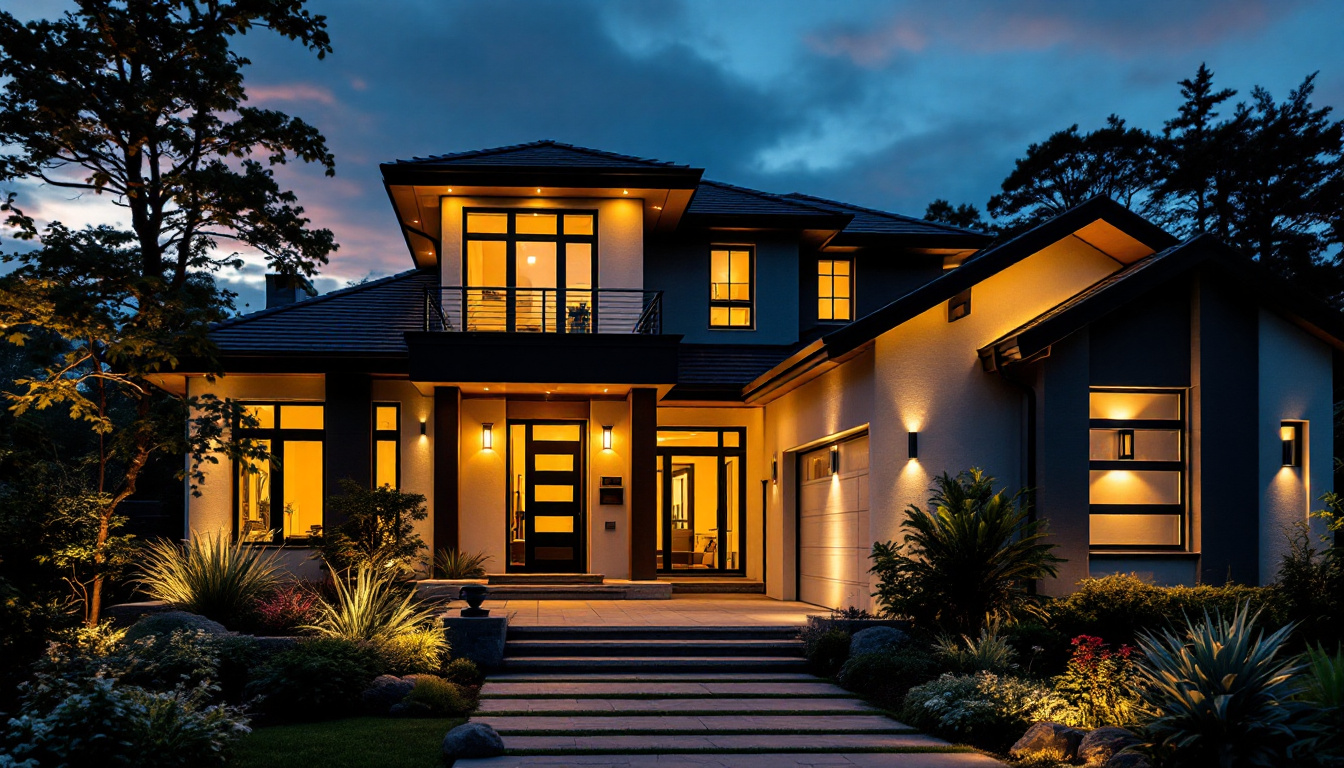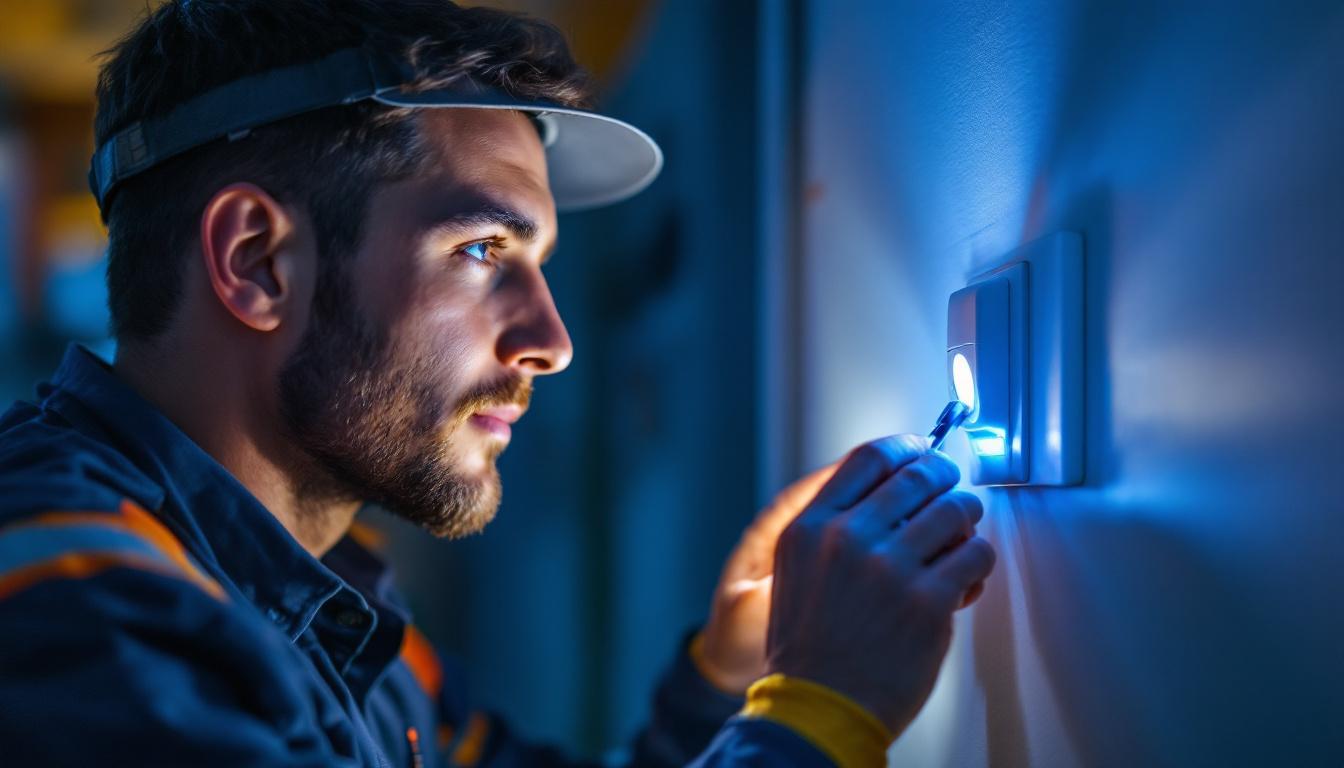
Fluorescent lighting has long been a staple in commercial, industrial, and institutional settings, particularly for spaces requiring broad, uniform illumination. Among the various sizes available, 8-foot fluorescent bulbs stand out due to their versatility and efficiency. These long tubes are commonly used in warehouses, gymnasiums, large retail stores, and manufacturing facilities where expansive lighting coverage is essential. Their design allows for a seamless integration into existing lighting systems, making them a popular choice for retrofitting older fixtures to enhance performance without extensive renovations.
From a lighting contractor’s perspective, understanding the technical specifications and operational advantages of 8-foot fluorescent bulbs is critical. These bulbs typically come in T8 or T12 diameters, with T8 being the more energy-efficient and modern choice. The “T” designation refers to the tube’s diameter in eighths of an inch, so a T8 bulb measures 1 inch in diameter, while a T12 is 1.5 inches. The advancements in T8 technology have led to improved ballast designs and better phosphor coatings, resulting in enhanced color rendering and longer lifespans compared to their T12 counterparts. This evolution not only benefits the end-user with superior lighting quality but also contributes to reduced maintenance costs over time.
One of the primary benefits of 8-foot fluorescent bulbs is their ability to provide high lumen output over a large area with relatively low energy consumption. This makes them an excellent option for projects where energy efficiency and cost-effectiveness are priorities. Additionally, their long length reduces the number of fixtures needed, simplifying installation and maintenance. Furthermore, these bulbs are available in various color temperatures, ranging from warm white to cool daylight, allowing for customization based on the specific needs of the environment. For instance, cooler temperatures are often preferred in workspaces to enhance focus and productivity, while warmer tones may be chosen for retail spaces to create a more inviting atmosphere.
Moreover, the environmental impact of using 8-foot fluorescent bulbs cannot be overlooked. They contain less mercury compared to older fluorescent models, and advancements in recycling programs have made it easier to dispose of them responsibly at the end of their life cycle. This commitment to sustainability aligns with the growing trend of eco-conscious practices in lighting design, where both energy savings and environmental stewardship are prioritized. As businesses continue to seek greener solutions, 8-foot fluorescent bulbs present a compelling option that balances performance with responsibility.
Energy efficiency is a top concern for lighting contractors, especially when advising clients on sustainable lighting solutions. Compared to traditional incandescent bulbs, fluorescent tubes consume up to 75% less energy while producing the same amount of light. This efficiency translates into significant cost savings on electricity bills over the lifespan of the bulbs.
In particular, T8 8-foot tubes have become the standard for energy-conscious installations. They operate at lower wattages than their T12 predecessors while delivering comparable or superior brightness. For example, a typical 8-foot T8 fluorescent bulb may consume around 32 watts, whereas an older T12 tube of the same length could consume upwards of 40 watts. This reduction in wattage means less energy use and lower operational costs.
Moreover, the lifespan of modern fluorescent tubes can range from 20,000 to 30,000 hours, reducing the frequency and cost of replacements. When combined with electronic ballasts, which improve starting efficiency and reduce flicker, these bulbs offer a reliable and economical lighting solution for large-scale projects.
In addition to their energy efficiency, 8-foot fluorescent tubes also contribute to a more sustainable environment. By consuming less energy, they help to reduce the overall carbon footprint associated with electricity production. This is particularly important in commercial settings where lighting can account for a significant portion of energy usage. As businesses increasingly prioritize sustainability, the adoption of T8 tubes not only aligns with corporate responsibility goals but also enhances their public image as environmentally conscious organizations.
Furthermore, the versatility of 8-foot fluorescent tubes makes them suitable for a wide range of applications, from warehouses and retail spaces to educational institutions and healthcare facilities. Their ability to provide bright, even illumination helps improve visibility and safety in work environments, which can lead to increased productivity and employee satisfaction. Additionally, many manufacturers are now offering enhanced options such as dimmable features and color temperature variations, allowing for greater customization to meet specific lighting needs and preferences.
Lighting contractors know that selecting the appropriate color temperature is essential for creating the desired ambiance and functionality in a space. Fluorescent bulbs come in a range of color temperatures measured in Kelvins (K), generally categorized as warm white (2700K-3500K), neutral white (3500K-4100K), and cool white or daylight (5000K-6500K).
For commercial and industrial environments, cool white or daylight bulbs are often preferred because they provide bright, crisp illumination that enhances visibility and reduces eye strain. However, some retail or hospitality spaces may benefit from warmer tones to create a more inviting atmosphere. Color rendering index (CRI) is another critical factor, indicating how accurately the light source reveals colors compared to natural light. A CRI of 80 or above is typically recommended for most commercial applications.
When considering color temperature, it’s also important to think about the specific activities that will take place in the illuminated space. For instance, in areas where detailed work is performed, such as art studios or design offices, a higher color temperature can help in accurately assessing colors and details. Conversely, in spaces meant for relaxation, like lounges or waiting areas, a warmer color temperature can promote comfort and ease. Understanding the psychological effects of different lighting can significantly influence the overall experience of the space.
Another vital consideration is ballast compatibility. Fluorescent tubes require ballasts to regulate current and provide the correct voltage for starting and operation. Electronic ballasts are favored for their energy efficiency and reduced flicker compared to magnetic ballasts. When upgrading or installing 8-foot fluorescent bulbs, contractors must ensure the bulbs match the ballast type to avoid premature failure or performance issues.
Additionally, some newer fluorescent tubes are designed as direct replacements for older models, allowing for retrofit without changing existing ballasts. This can be a cost-effective strategy for clients looking to improve energy efficiency without extensive rewiring or fixture replacement. Furthermore, the transition to LED alternatives is increasingly popular, as they offer longer lifespans and lower energy consumption. However, it’s crucial to evaluate the existing infrastructure and determine whether a complete overhaul or a simple bulb replacement is the best route for the project.
Moreover, the physical dimensions and shape of the 8-foot fluorescent bulb should not be overlooked. While most standard fixtures accommodate these bulbs, variations in design can affect light distribution and intensity. For instance, some fixtures may have reflectors that enhance light output, while others may be designed to diffuse light more evenly across a broader area. Understanding the interplay between bulb type, fixture design, and overall room layout can lead to more effective lighting solutions tailored to specific needs.
Proper installation of 8-foot fluorescent bulbs is crucial to maximize their lifespan and performance. Lighting contractors should follow manufacturer guidelines carefully, ensuring secure mounting and correct ballast pairing. It’s also important to handle bulbs with care, as fluorescent tubes contain small amounts of mercury and can be fragile.
Maintenance routines should include regular cleaning of fixtures and tubes to prevent dust accumulation, which can reduce light output. Periodic inspection of ballasts and wiring helps identify potential issues before they lead to bulb failure. Additionally, recycling programs for fluorescent bulbs are essential due to their mercury content, so contractors should educate clients on responsible disposal methods.
While fluorescent lighting remains a popular choice for many applications, the lighting industry is rapidly evolving with the rise of LED technology. LEDs offer even greater energy efficiency, longer lifespans, and improved environmental safety by eliminating mercury. However, 8-foot fluorescent bulbs still hold a significant market share, especially in retrofit projects and facilities with existing fluorescent infrastructure.
Lighting contractors should stay informed about advances in both fluorescent and LED technologies to provide clients with tailored recommendations. Hybrid solutions, such as LED tubes designed to fit fluorescent fixtures, offer a transitional path to energy savings without full fixture replacement. Understanding the nuances of 8-foot fluorescent bulbs and their alternatives enables contractors to deliver cost-effective, sustainable lighting solutions that meet client needs.
For lighting contractors, expertise in 8-foot fluorescent bulbs is indispensable. These bulbs continue to be a reliable, energy-efficient option for large-scale lighting projects, balancing performance, cost, and ease of installation. Mastery of their specifications, energy benefits, and maintenance requirements empowers contractors to design and implement lighting systems that optimize client satisfaction and operational efficiency.
As the lighting landscape shifts toward newer technologies, understanding fluorescent options remains a valuable part of a contractor’s toolkit. Whether working on new builds, retrofits, or upgrades, knowledge of 8-foot fluorescent bulbs ensures informed decisions that enhance lighting quality while controlling costs and environmental impact.
Ready to elevate your lighting projects with the efficiency and cost-effectiveness of 8-foot fluorescent bulbs? Look no further than LumenWholesale for an unparalleled selection of spec-grade lighting solutions. Our commitment to quality and affordability ensures that you can access the best lighting products at wholesale prices, without the hassle of dealing with middlemen. Take advantage of our bulk purchasing options and enjoy free shipping, making your large-scale installations as seamless as possible. Wholesale Lighting at the Best Value is just a click away. Experience the LumenWholesale difference today and light up your projects with confidence.

Discover why lighting contractors should prioritize outdoor lights with motion sensors.

Discover essential Light Bulbs Flat tips from lighting contractors to enhance energy efficiency, save costs, and ensure optimal illumination.

Discover how LED house lights can be your secret weapon in securing more lighting contracts.

Discover how lighting contractors can overcome common motion detector switch challenges with expert tips, boosting efficiency and safety—maximize your installations today!.